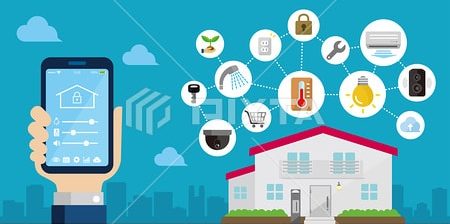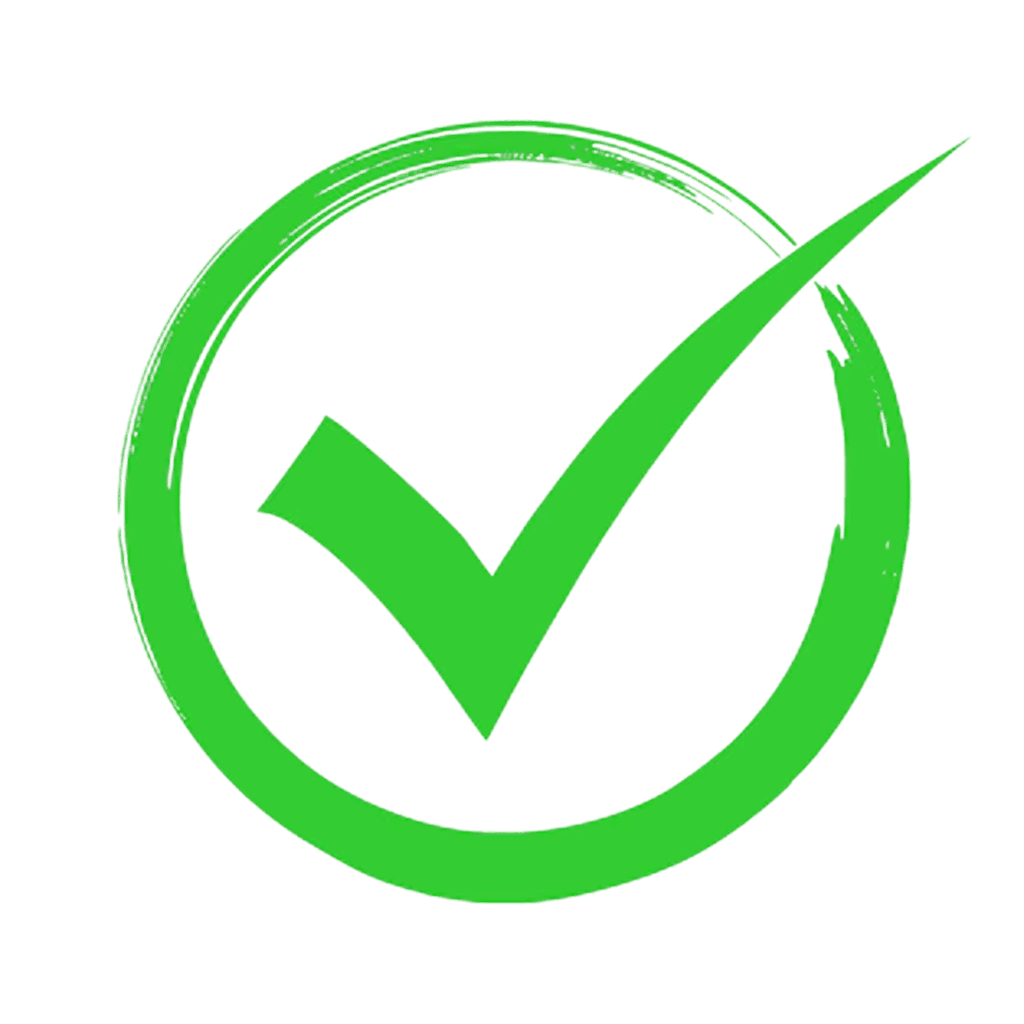The Internet of Things (IoT) has transformed the way we live and work. IoT remote monitoring is one of the most exciting applications of this technology, offering businesses the ability to remotely monitor and manage their assets, facilities, and equipment in real-time. In this article, we will explore what IoT remote monitoring is, how it works, its components, benefits, industry applications, and value.
What is IoT Remote Monitoring?
IoT remote monitoring is the process of using connected devices to gather data from remote assets, facilities, or equipment and transmitting that data over the internet to a central location for analysis. This technology allows businesses to monitor their assets in real-time, track performance, and identify issues before they become critical problems. IoT remote monitoring systems are commonly used in industries such as healthcare, industrial, and fleet management.
How Does IoT Remote Monitoring Work?
IoT remote monitoring works by using sensors or devices that are connected to the internet to collect data from remote assets, facilities, or equipment. The data is then transmitted over the internet to a central location where it is analyzed. The analysis can be done using various tools such as machine learning algorithms or predictive analytics to identify patterns or anomalies that could indicate an issue.
Components of IoT Remote Monitoring System
An IoT remote monitoring system is made up of several components that work together to collect and analyze data. These components include:
1. Sensors and Devices:
These are connected devices that collect data from remote assets, facilities, or equipment.
2. Network:
This is the infrastructure that connects sensors and devices to the internet.
3. Cloud Platform:
This is where the data collected by sensors and devices is stored and analyzed.
4. Analytics Tools:
These are software tools used to analyze the data collected by the sensors and devices.
What are the Benefits of IoT Remote Monitoring Devices?
IoT remote monitoring offers several benefits for businesses. These benefits include:
1. Reduced Downtime:
IoT remote monitoring allows businesses to identify issues before they become critical problems, reducing downtime and increasing productivity.
2. Improved First-time Fix:
By identifying issues early, businesses can improve their first-time fix rate, reducing the need for repeat visits and increasing customer satisfaction.
3. Increased Service Operations Efficiency:
IoT remote monitoring can automate dispatch, remote repair/resolution, customer self-service, and service growth without adding technicians.
Industry Applications of IoT Remote Monitoring
IoT remote monitoring has several industry applications. These include:
1. Healthcare:
IoT remote monitoring is used in healthcare to monitor patients remotely, track vital signs, and manage chronic conditions.
2. Industrial:
IoT remote monitoring is used in the industrial sector to monitor equipment performance, track inventory, and manage supply chains.
3. Fleet Management:
IoT remote monitoring is used in fleet management to track vehicle location, monitor driver behavior, and optimize routes.
Value of IoT Remote Monitoring
These values include:
1. Cost Efficiency:
- Reduced Maintenance Costs: IoT remote monitoring enables predictive maintenance. Devices and equipment can be monitored in real-time, allowing businesses to address issues before they become costly problems, reducing maintenance costs significantly.
- Lower Labor Costs: By automating monitoring and data collection, businesses can reduce the need for on-site staff, saving labor costs. Remote monitoring systems can efficiently oversee multiple locations from a central hub.
2. Improved Operational Efficiency:
- Real-Time Data: IoT remote monitoring provides real-time insights into equipment performance, energy usage, and processes. This data allows for immediate adjustments, optimizing operations for efficiency and productivity.
- Remote Control: Operators can remotely control devices and machinery, allowing for quick responses to changing conditions or emergencies without physical presence.
- Resource Optimization: IoT monitoring helps businesses better allocate resources, ensuring that they are used efficiently, leading to cost savings.
3. Enhanced Product Quality:
- Quality Control: Remote monitoring enables continuous quality control by tracking production processes and product conditions in real-time. This results in a higher quality of goods and fewer defects.
- Productivity Improvements: By identifying and addressing issues promptly, businesses can maintain consistent product quality, reducing waste and rework.
4. Increased Safety:
- Safety Alerts: IoT remote monitoring can send alerts in the event of safety breaches, such as detecting gas leaks or equipment malfunctions. This allows for swift responses and minimizes risks to employees and the environment.
- Compliance Monitoring: Industries with strict safety regulations, like chemical or healthcare, can use IoT remote monitoring to ensure compliance and avoid costly penalties.
5. Better Decision-Making:
- Data-Driven Insights: IoT remote monitoring collects vast amounts of data. Analyzing this data provides valuable insights that aid in informed decision-making. Businesses can make strategic choices based on trends and historical performance.
- Proactive Problem Solving: Real-time data allows businesses to anticipate issues and take proactive measures. For example, adjusting production schedules or supply chain logistics based on predictive analytics.
6. Environmental Benefits:
- Energy Efficiency: Identifying inefficiencies, IoT energy monitoring system helps lower consumption. This not only lowers operational costs but also reduces the environmental footprint.
- Waste Reduction: Improved process control leads to less waste and more sustainable practices, aligning with environmental responsibility goals.
7. Scalability and Flexibility:
- Easy Expansion: IoT remote monitoring systems are scalable and adaptable. Adding new devices or sensors to the network is straightforward, making it suitable for businesses of all sizes and industries.
- Remote Access: Managers and stakeholders can access monitoring data from anywhere, providing flexibility in overseeing operations or assets located in various regions.
8. Competitive Advantage:
- Innovation: Embracing IoT remote monitoring demonstrates a commitment to innovation. It can give businesses a competitive edge by offering improved services, higher product quality, and more efficient processes than competitors.
- Customer Satisfaction: Delivering products or services with fewer defects, higher quality, and reliability can enhance customer satisfaction, leading to repeat business and positive reviews.
In addition to the benefits and applications mentioned above, IoT remote monitoring also offers businesses the ability to make data-driven decisions. By collecting and analyzing data in real-time, businesses can gain insights into their operations and make informed decisions to improve efficiency, reduce costs, and increase customer satisfaction.
Another advantage of IoT remote monitoring is its scalability. Businesses can start small by monitoring a few assets or facilities and gradually expand as needed. This flexibility allows businesses to tailor their IoT remote monitoring systems to their specific needs and budget.
Moreover, IoT remote monitoring can also improve safety in various industries. For example, in the oil and gas industry, IoT platform can detect leaks and other potential hazards before they cause harm to workers or the environment.
Overall, IoT remote monitoring is a game-changer for businesses looking to improve their operations, reduce costs, and stay competitive in today’s digital age. As technology continues to evolve, we can expect to see even more innovative applications of IoT remote monitoring in the future.
Conclusion
IoT remote monitoring is a powerful technology that offers businesses the ability to remotely monitor and manage their assets, facilities, and equipment in real-time. This technology offers several benefits, including reduced downtime, improved first-time fix rates, and increased service operations efficiency.






